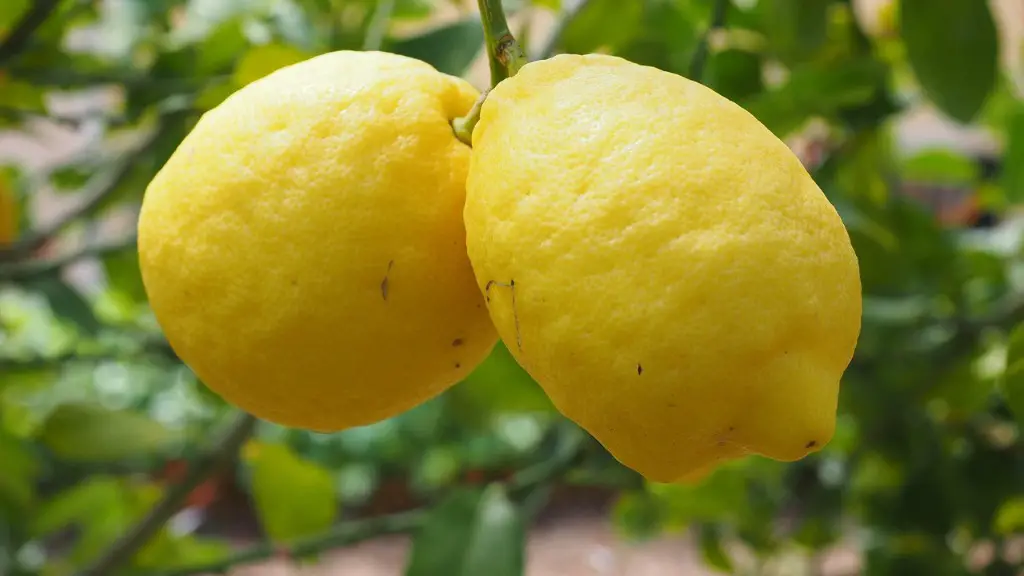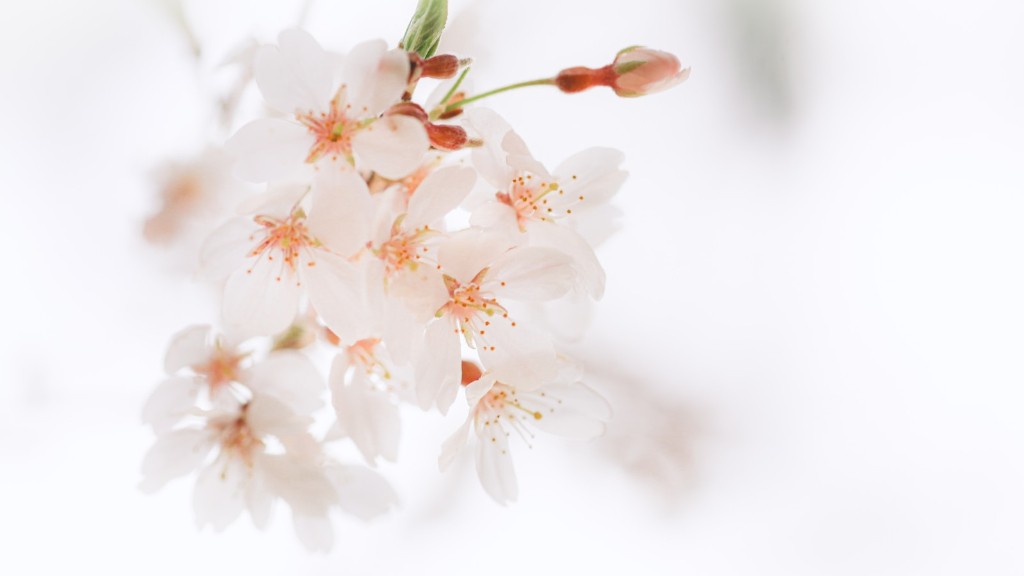Pests can be a major problem when it comes to growing lemon trees. In New Zealand, the most common pest to feed on lemon tree leaves is caterpillars. They can be identified by their colourful stripes and their habit of munching on the tender leaves. There are several species of caterpillar that feed on lemon tree leaves in New Zealand, including the tortrix moth and the citrus leaf roller. These pests can cause severe damage to the plant if left untreated, which can lead to the death of the tree.
Identifying the exact pest is the first step in finding a solution. If it is a caterpillar, then there are several methods that can be used to combat the problem. In many cases, it is possible to control them using natural tactics such as sprays of neem oil or lacewings. Biological control using predatory insects such as ladybugs or wasps can also be effective.
If these methods are unsuccessful, chemical treatments may be necessary. In addition to sprays and dusts, systemic pesticides can be applied to the soil to prevent larval development and egg laying. However, it is important that these are used carefully and according to the manufacturer’s instructions to avoid harming beneficial insects or other organisms.
It is also essential to remember that prevention is better than cure when it comes to pests. If a lemon tree is properly cared for and maintained, then it is less likely to attract pests in the first place. Regular pruning and removal of deadwood can help reduce the amount of food available to any potential pests. Keeping the area clean and tidy by removing any fallen leaves or fruit will also help to reduce the likelihood of an infestation.
By understanding what is eating the leaves of a lemon tree, it is possible to take action and protect the plant. While natural methods are often the most effective, chemical treatments may be needed in some cases. It is also important to keep the area clean and tidied up to reduce the chance of an infestation occurring in the first place.
Symptoms of Pests on Lemon Tree Leaves
When a pest is present, identifying the symptoms can help to determine the cause and find a solution. On lemon tree leaves, many of the signs will be visible to the naked eye. These can include discoloured, wilted or curled leaves, or small holes or patches in the foliage.
In addition to these visual clues, sticky or shiny deposits on the leaves can indicate the presence of sap-sucking insects, and sooty mould is usually a sign that honeydew has been deposited by sap-sucking insects such as aphids or scale. In cases where the pest is difficult to see, the evidence will often be found on the undersides of the leaves, or in the soil around the tree.
Another symptom that can be used to identify pests on a lemon tree is the presence of webs or eggs. These will usually be found on or near the leaves or branches and will provide an indication that one of the caterpillar species is present. In some cases, it can be difficult to differentiate between the different types of caterpillar, however usually the larvae are the easiest to spot.
By looking out for the signs and symptoms associated with pests, it is possible to identify the problem and take steps to find a solution. Knowing exactly what is eating the leaves of a lemon tree can prevent further damage in the future as appropriate action can be taken as soon as the issue is identified.
Management Techniques for Controlling Pests
Once the pest has been identified, it is important to take measures to control the problem and restrict the amount of damage it causes. Natural methods of pest management can be effective, such as the use of neem oil sprays or biological control, however in some cases it may be necessary to use chemical treatments. In these cases, it is important to read the instructions carefully and ensure that all safety precautions are followed correctly.
When dealing with sap-sucking insects, attracting beneficial insects such as ladybugs or lacewings can help to reduce the population of the pest. However, it is important to remember that these predators are most active during the warmer months, so the benefit will be limited during the winter months. It can also be beneficial to encourage birds to visit the garden, as many species will feed on insects.
Sanitation can also play an important role in controlling pests, as it can reduce the amount of food and shelter available to them. Regularly removing fallen leaves, fruit and other debris will reduce the number of places where pests can hide and feed. In addition, pruning dead or damaged branches can help to keep the tree healthy, as well as making it more inaccessible to pests.
By employing a combination of management techniques such as natural and chemical methods, it is possible to keep pests under control and protect the health of a lemon tree. While chemical treatments should be used with caution, they can provide an effective way to combat serious infestations.
Diseases Associated with Lemon Tree Leaves
In some cases, the damage to lemon tree leaves may be caused by disease rather than pests. Generally, this will be accompanied by symptoms such as discolouration, wilting or brown spots, however the exact diagnosis will usually require a laboratory test. Common diseases associated with lemon tree leaves include bacterial blight and powdery mildew, although fungal infections can also be a problem.
Control of these diseases is important to avoid damage to the tree, and there are several steps that can be taken to do this. It is essential to keep the tree in good health by removing infected leaves and allowing adequate air circulation. Any fallen leaves should also be removed promptly, as this can help to reduce the spread of infection.
Proper watering techniques can also be beneficial. Avoiding the use of overhead irrigation and ensuring that the soil is well-drained can help to reduce the incidence of fungal diseases. In addition, using a fungicide will provide protection from any existing disease spores.
If a disease is suspected then seeking professional advice can be beneficial. Many of the diagnostic services available will be able to diagnose the exact cause of the infection and recommend a course of action for treatment. In some cases, this may include applying a fungicide or carrying out soil testing which will identify and address any underlying issues.
Cultural Practices for Growing Lemon Trees
In addition to combating pests and diseases, successful growth of lemon trees requires regular maintenance and care. This may include pruning, fertilization and water management. Regular pruning of the tree can help promote healthy growth, as well as allowing light and air to reach the lower branches.
Fertilizing the tree is also important as this will help to ensure that the plant receives the necessary nutrients. The type and amount of fertilizer used will vary depending on the tree’s age and conditions, however it is generally recommended to fertilize the tree during the growing season. Additionally, it is important to water the tree regularly, however the frequency and amount of water will depend on the climate and soil conditions.
Most lemon trees thrive in warm and sunny climates, so making sure that the tree is planted in an appropriate location is essential for its health and growth. The tree should be planted in a sheltered area which receives at least eight hours of sunlight each day. If the tree is in an exposed position then it is important to ensure that it is well protected from strong winds.
By providing adequate care and attention, it is possible to ensure healthy growth of a lemon tree. Through regular maintenance, such as pruning, fertilizing and water management, it is possible to promote healthy growth, as well as reducing the risk of pest and disease infestations.
Conclusion
Pests and diseases can be a major problem for a lemon tree, however by understanding the cause it is possible to take action and protect the plant. Many pests can be combatted using natural methods, such as neem oil sprays or biological control, however in some cases chemical treatments may be necessary. In addition to controlling pests, regular maintenance and cultural practices can help to promote healthy growth of the tree.



